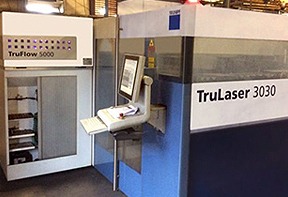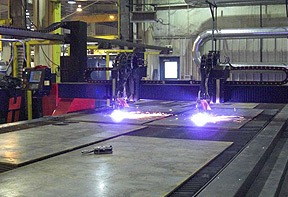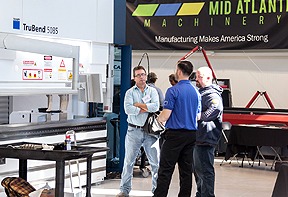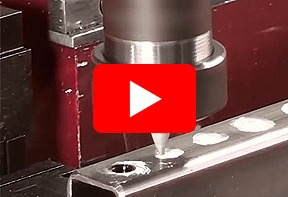Unlocking Potential: How Automated Machine Tending Elevates Skilled Labor Utilization
In the manufacturing and fabrication industries, the efficient utilization of skilled labor is a critical factor for success. However, the traditional model often sees these skilled workers engaged in mundane tasks like machine tending, which can be an inefficient use of their expertise. Automated Machine Tending (AMT) is spearheading a transformation by liberating skilled labor from repetitive tasks and reallocating them to more strategic, critical work. This shift is proving to be a significant competitive advantage. Here’s how:
- Addressing Labor Challenges: The industry often faces challenges in obtaining, training, and retaining skilled labor. AMT emerges as a solution by taking over mundane tasks, making it easier to manage labor resources and maintain a competitive edge by ensuring productivity around the clock1.
- Cost Efficiency: Automation through AMT drastically reduces labor costs associated with machine-tending processes. For instance, labor costs can be reduced by up to 90%, with one operator able to handle multiple cells simultaneously, significantly improving machine utilization compared to manually operated machines2.
- Enhanced Job Satisfaction: Manual machine tending can be a tedious and unfulfilling task for skilled machinists. AMT alleviates this by automating the loading and unloading processes, allowing machinists to engage in more complex, rewarding tasks. This not only enhances job satisfaction but also reduces turnover rates3.
- Tackling Labor Shortages: The automation facilitated by AMT is a strategic response to labor shortages, enabling manufacturers to maintain high levels of productivity and quality even with a reduced workforce. The 24/7 availability of automated systems compensates for labor gaps, ensuring uninterrupted production and throughput4.
- Fostering Innovation: With skilled labor redirected towards more strategic tasks, there’s a conducive environment for innovation. Workers can focus on problem-solving, process optimization, and other high-value activities that drive continuous improvement and competitive advantage.
- Enhanced Training and Skill Development: The reallocation of skilled labor to more strategic tasks creates opportunities for further training and skill development. It paves the way for a culture of continuous learning and up-skilling, vital for staying abreast of evolving industry standards and technologies.
- Optimized Resource Allocation: AMT facilitates a more optimized allocation of human and material resources, ensuring that skilled labor is utilized where it adds the most value while machines are tended to efficiently.
Automated Machine Tending is not merely an operational upgrade; it’s a strategic lever that manufacturers and fabricators can pull to significantly enhance the utilization of skilled labor. By doing so, they not only improve operational efficiency but also position themselves better in a competitive market landscape, ready to innovate and adapt to evolving industry demands. Contact us today for more information!









